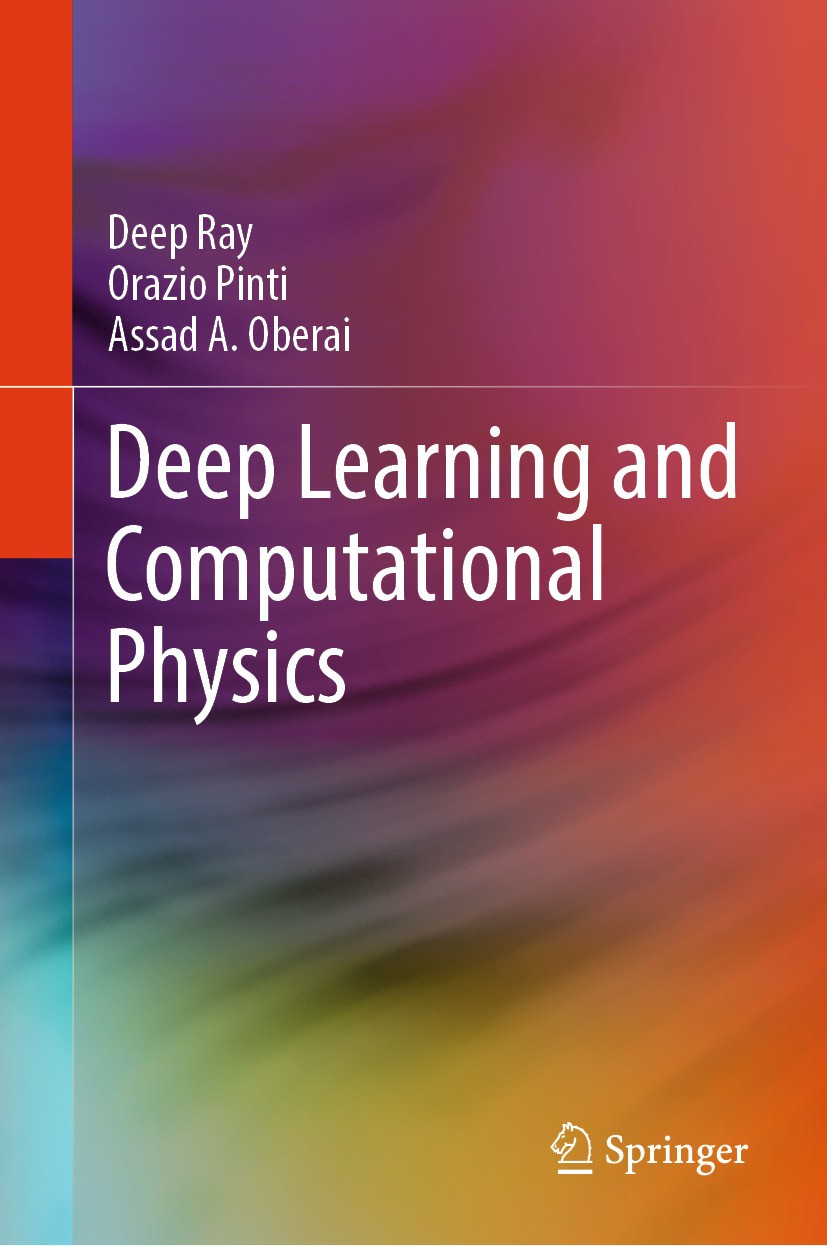| 書(shū)目名稱 | Deep Learning and Computational Physics |
| 編輯 | Deep Ray,Orazio Pinti,Assad A. Oberai |
| 視頻video | http://file.papertrans.cn/265/264589/264589.mp4 |
| 概述 | Introduces a graduate student with linear algebra and partial differential equations to select topics in deep learning.Exploits the connections between deep learning algorithms and the more convention |
| 圖書(shū)封面 |  |
| 描述 | .The main objective of this book is to introduce a student who is familiar with elementary math concepts to select topics in deep learning. It exploits strong connections between deep learning algorithms and the techniques of computational physics to achieve two important goals. First, it uses concepts from computational physics to develop an understanding of deep learning algorithms. Second, it describes several novel deep learning algorithms for solving challenging problems in computational physics, thereby offering someone who is interested in modeling physical phenomena with a complementary set of tools. It is intended for senior undergraduate and graduate students in science and engineering programs. It is used as a textbook for a course (or a course sequence) for senior-level undergraduate or graduate-level students.?. |
| 出版日期 | Textbook 2024 |
| 關(guān)鍵詞 | Big Data; Deep Learning; Machine Learning; Computational Physics; Deep Learning Algorithms |
| 版次 | 1 |
| doi | https://doi.org/10.1007/978-3-031-59345-1 |
| isbn_softcover | 978-3-031-59347-5 |
| isbn_ebook | 978-3-031-59345-1 |
| copyright | The Editor(s) (if applicable) and The Author(s), under exclusive license to Springer Nature Switzerl |
 |Archiver|手機(jī)版|小黑屋|
派博傳思國(guó)際
( 京公網(wǎng)安備110108008328)
GMT+8, 2025-10-14 23:46
|Archiver|手機(jī)版|小黑屋|
派博傳思國(guó)際
( 京公網(wǎng)安備110108008328)
GMT+8, 2025-10-14 23:46


